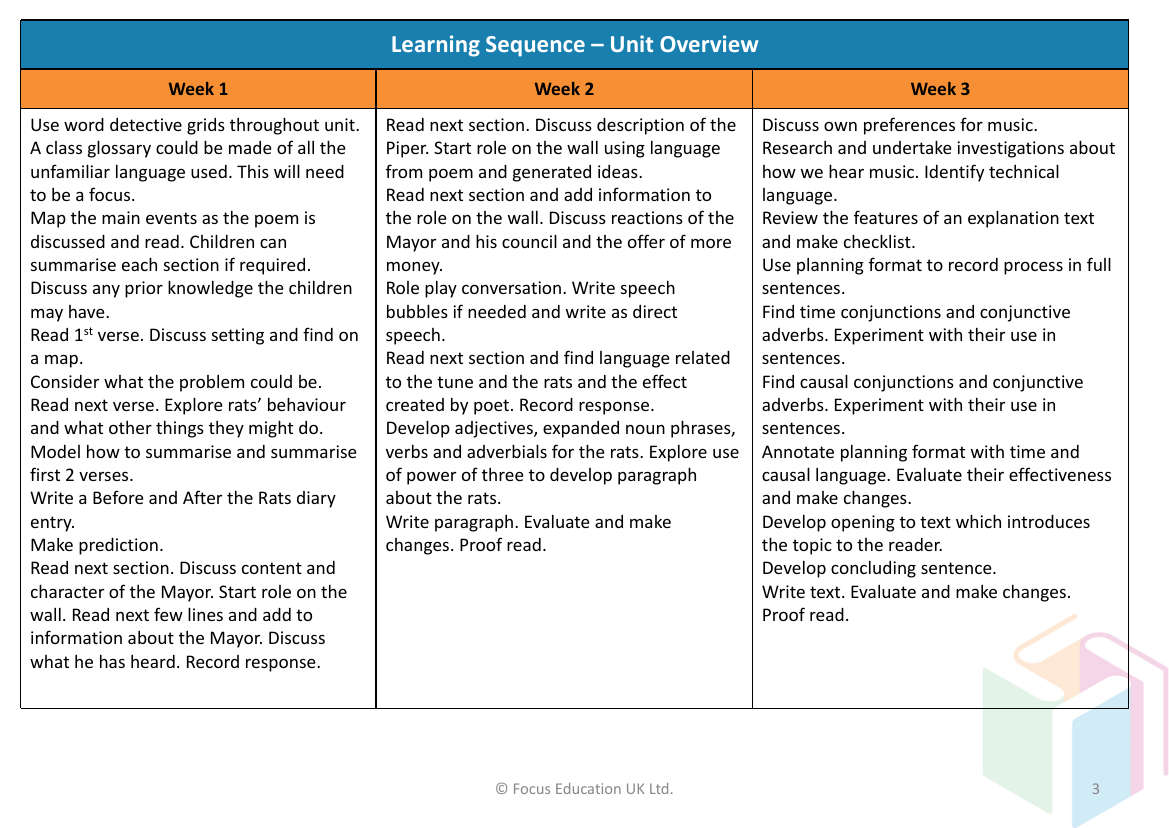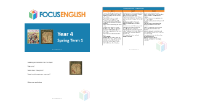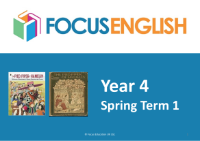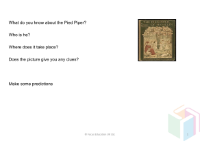The Pied Piper - Learning Sequence

English Resource Description
The Pied Piper learning sequence is meticulously crafted to immerse Year 6 students in the study of the classic poem over a six-week period. The unit begins with introductory activities to familiarise students with unfamiliar vocabulary through the use of word detective grids and the creation of a class glossary. As students delve into the poem, they map out the main events and discuss any prior knowledge they might have. The initial weeks involve reading and discussing the verses, focusing on the setting, characters, and plot development. Students are encouraged to make predictions, explore character behaviour, and engage in summarising the verses. They also get creative by writing diary entries from before and after the rats' invasion and role-playing conversations between characters, enhancing their understanding of direct speech.
As the unit progresses, students delve deeper into the themes and language of the poem. They discuss their own musical preferences and conduct research on how music is heard, linking this to the Piper's enchanting tune. They learn about explanation texts, develop paragraphs about the rats using descriptive language, and experiment with time and causal conjunctions. In the later weeks, students examine the Mayor's actions, the Piper's intentions, and the townspeople's reactions, using thought bubbles and emotion graphs to record their ideas. They role-play scenarios, discuss moral lessons, and consider alternative resolutions to the town's problem. The unit culminates in students writing their own stories, drawing upon a toolkit of narrative techniques, and comparing the poem with Michael Morpurgo's version of the story, focusing on events, characterisation, and language use. Throughout the sequence, students are encouraged to evaluate their work and proofread, ensuring a thoughtful and reflective approach to learning.



